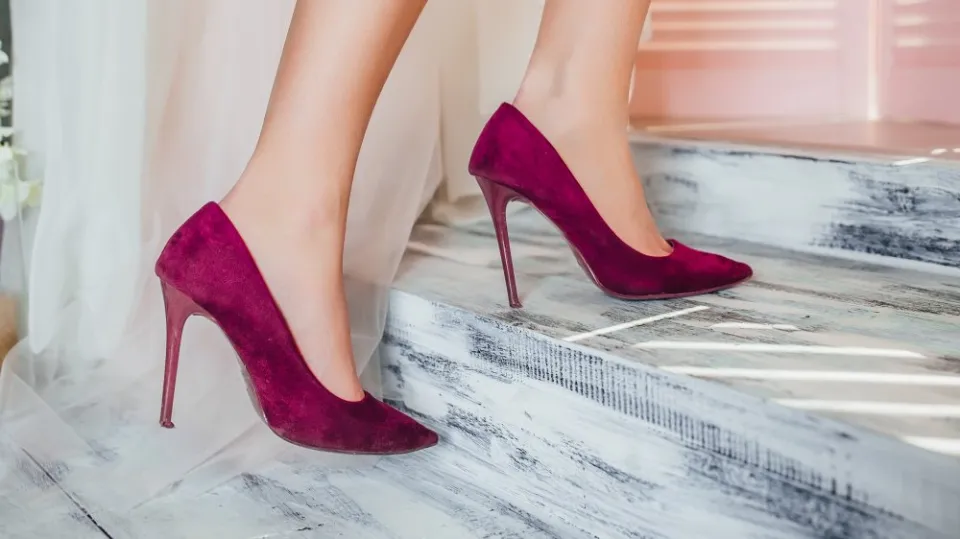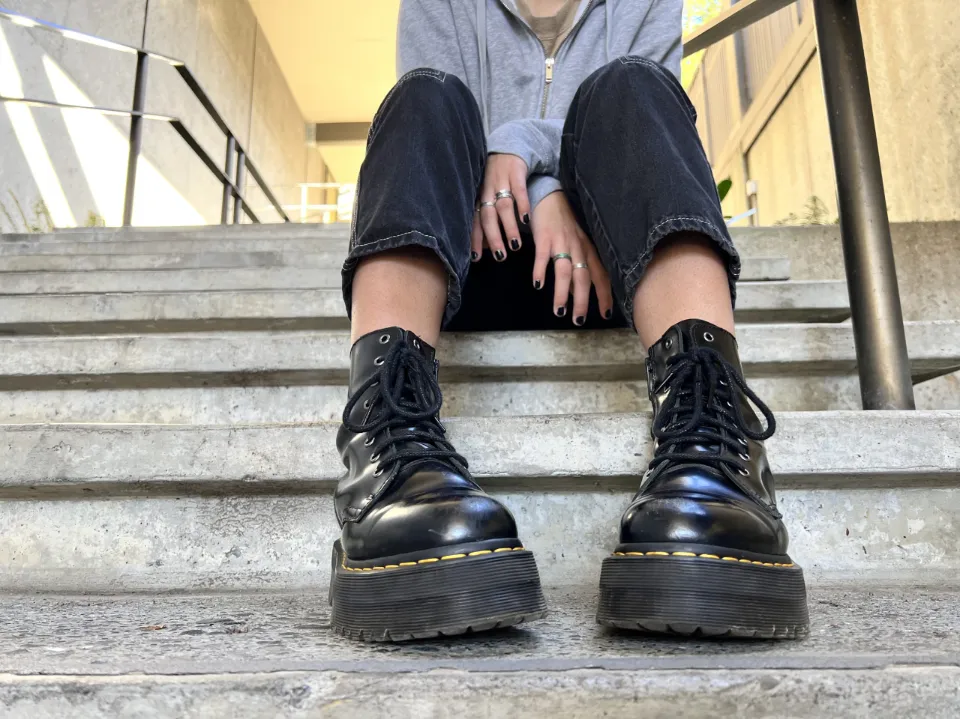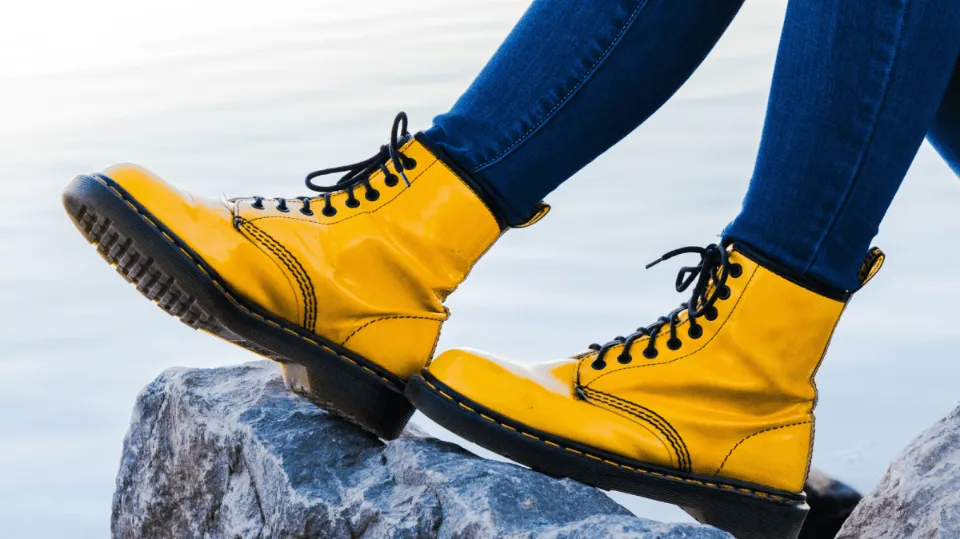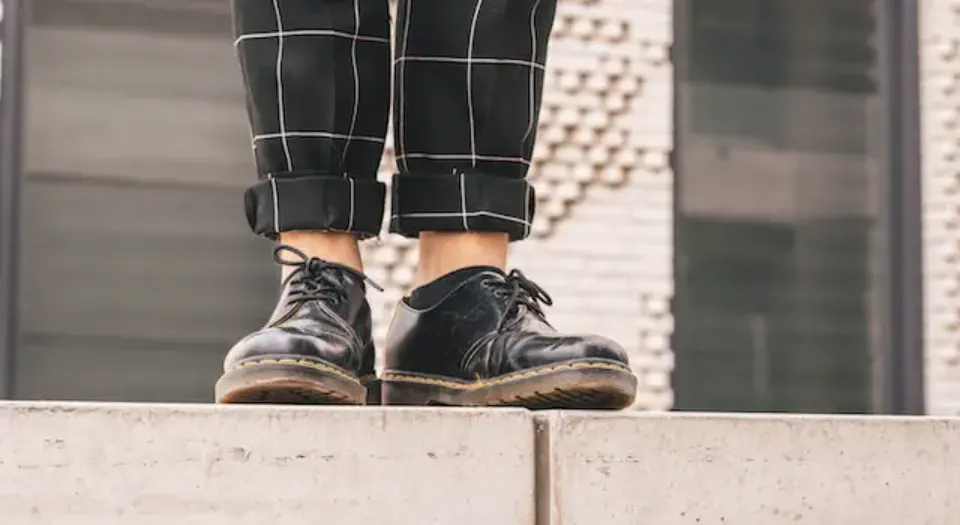Shoes shouldn’t be kept in your closet. Each of us keeps a pair of gorgeous heels in our homes for display purposes. But have you wondered how to make high heels more comfortable?
Thankfully, there are loads of products and hacks out there to make your high heels more comfortable and stop them rubbing – here are the best tips and tricks.
How to Make High Heels More Comfortable?
If you’re searching for how to make heels more comfortable, here are some tips to help.
1. Lose Some Height
If you fall in love with a pair of heels but just know that the 5-inch stiletto is going to play havoc with your feet, don’t panic.
Depending on the type of shoe, shoe repair shops should be able to reduce the height of your heels by up to an inch to make them more comfortable.
2. Concentrate on How You Walk
Walking in heels really is a science. You need to pay a lot more attention to the rest of your body when you’re walking in your trainers than when you’re spending the night in high heels.
For the smoothest, Elle Woods-worthy walk, contract your abs and walk heel to toe. You do you boo, or Tyra Banks sashay.
3. Wear Your Heels In
Put on a pair of thick socks and walk around your house for a few hours in your heels to break them in before you wear them out.
All the areas that might otherwise enclose your feet will be stretched by this.
Read More: How to Break in High Heels?
4. Pick the Right Shape Heel for Your Foot
It sounds silly, but if you know that you have wide toes which make pointed heels uncomfortable or your feet are flat so anything higher than a 3-inch heel aches – don’t do it to yourself.
Invest in the heel designs that you’ve previously found to be the most comfortable because it’s likely that you’ll turn to them again in the future. Furthermore, lower heels are currently in style.
Also Read: Are High Heels Bad for Your Back?
5. Shop Heels With Platforms
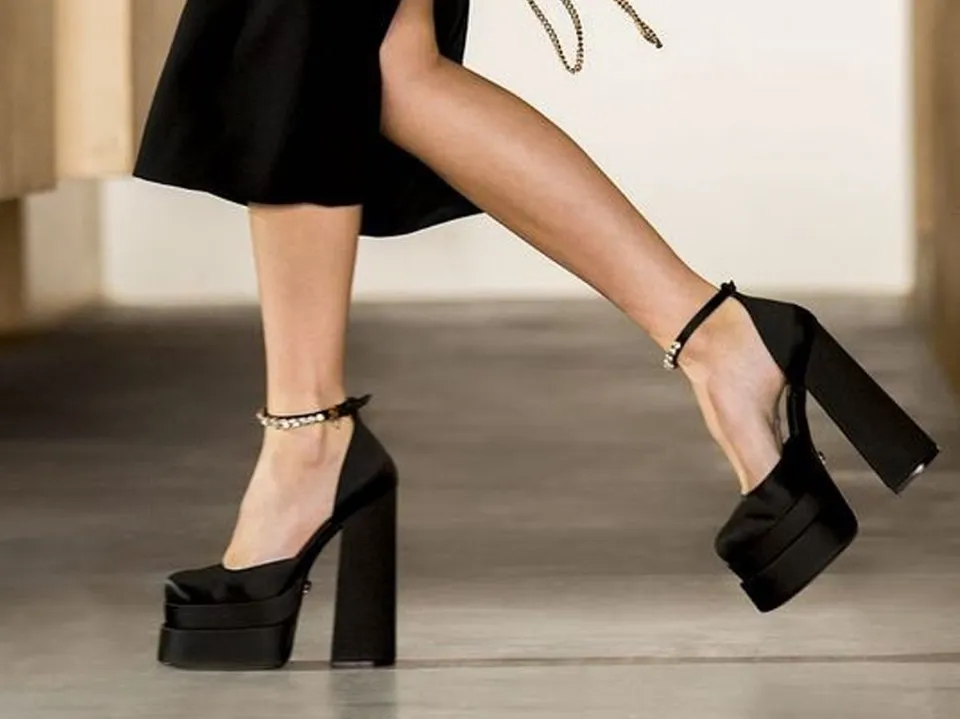
Since they have the same height but less of an angle than stiletto heels, platform heels are typically more comfortable.
Therefore, always choose a platform if you have the choice.
6. Use Moleskin
Moleskin can be used to line your shoes, which is a simple way to prevent rubbing, as well as to be cut into small pieces and placed directly over blisters or other potential problem areas.
7. Or Fabric Plasters
If you need to leave quickly and don’t have time to order a pair of moleskin inserts, try applying fabric plasters to places where you suspect blisters might develop, such as the back of the heel, to help reduce any unnecessary friction.
8. Take An Anti-blister Stick Everywhere You Go
If you don’t want to bother with plasters, try lubricating any troublesome areas with a clear stick.
9. Wear Padded Inserts
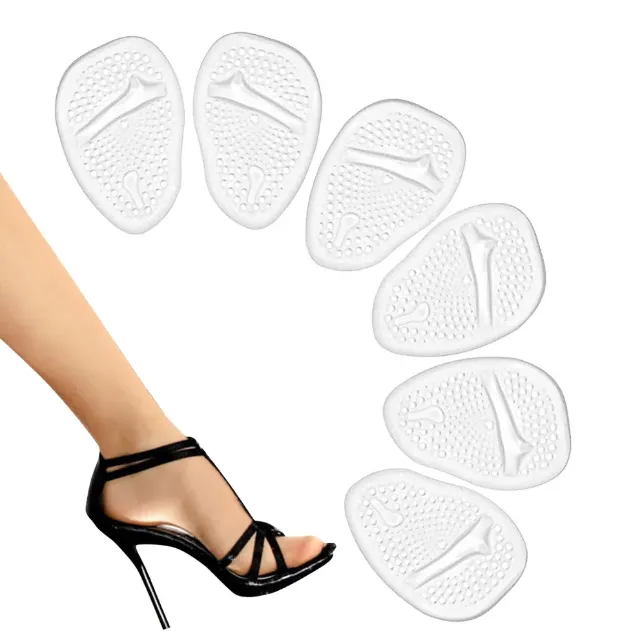
Sticky gel inserts that cushion the balls of your feet are a game-changer if that is your main complaint (I know, I feel ya).
If your shoes are slightly too large, only use a full insert; otherwise, your feet will be crammed inside the shoe.
10. Security is Key
Your shoes won’t ever fit comfortably if they feel like they might come off at any moment. Additionally, in an effort to keep your feet in place, you might start tensing various foot muscles, which can ultimately make them hurt more.
If you have narrow feet or have trouble walking in slip-on heels, try a pair that has an ankle strap for added support. Another thing you can do is shop for more secure heel designs.
11. Use Heel Grips If Your Feet Are Narrow
These grips will prevent your feet from sliding around inside your shoes, which is especially important in court shoes or anything without a strap (they even work for ballet flats or loafers).
Also Read:
The Root of Heel Pain
In order to prevent heels from hurting, it is important to understand what is causing it so that you can stop the pain from its root.
Injuries to the balls (soles) of the feet are most frequently experienced after prolonged heel wear.
That’s because the majority of your body weight is supported by the balls of your feet.
The weight is transferred to the balls of your feet rather than being planted flat on the ground as it should be when walking. The back hyperextends and the knees and hips jut forward to counterbalance this compensatory movement.
This helps to explain why the pain and discomfort we experience when wearing heels always begins at the balls of our feet.
Making sure your body weight is distributed evenly across your foot rather than being overly concentrated in the balls will prevent your heel from hurting. You must comprehend the idea of incline (also known as slope) for this reason.
Read More: Are High Heels Bad for You?
Final Words: How to Make High Heels More Comfortable
How to prevent heels from hurting is important to everyone who loves to wear high heels.
It’s important to keep in mind that walking in high heels differs from walking in flats.
When wearing flats, you won’t lose balance if you move from the heel to any other part of your foot. You must walk with your heels on. Or you might fall!
Related Reading:
FAQs
Why Do High Heels Hurt Me So Much?
Hammer toes, bunions, and blisters can result from wearing high heels because of the improper weight distribution.
Do Heels Get More Comfortable over Time?
To help them stretch and mold to the shape of your foot, wear your heels with socks around the house a few times.
Does Taping Your Toes Help With High Heels?
Taping is a time-honored but still effective method for supporting the feet when wearing heels.

